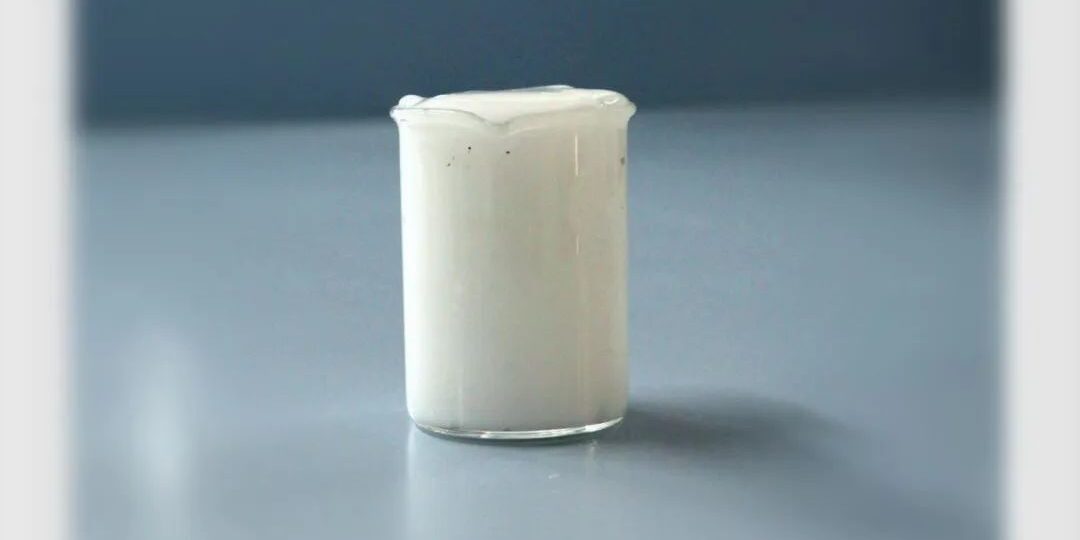The mechanism of action of silicone defoamer
The ability of silicone to defoam or suppress foam is due to its very low surface tension. Organosilicon compounds (silicone oil) interfere with the surface tension of the gas-liquid interface, causing a defoaming effect.
When silicone is added to the foam medium, small particles of silicone oil fall to the surface of the bubble, effectively reducing the surface tension at the contact point and causing a weak point in the outer skin of the bubble, thereby causing the bubble to burst.
The optimal defoaming activity criterion can be described as follows: the small free silicone oil particles must be dispersed completely, as quickly and effectively as possible into the active zone. Silicone oil is rapidly dispersed by the action of SiO2 filler with a small proportion and large surface area added during production and processing, and causes demulsification and foaming outside the contact point of SiO2 particles. The squeezed together foam causes rupture of adjacent foams. The unstable state accelerates the effect of continuous bubble breaking, and finally reaches a stable state. If it is an emulsion defoamer, the emulsion is too stable and will reduce the defoaming effect. When the stability is poor, it has greater activity. Therefore, it is necessary to strike a balance between stability and activity, and select organosilicon compounds that have low solubility in water and oil phases but are extremely active.
The functions of defoaming agents are also defined according to three mechanisms: foam breaking, defoaming, and foam suppression.
Bubble breaking: relative to the bubble, enter the bubble from the air side and destroy the bubble together.
Suppression of bubbles: Enter the bubble from the liquid side and destroy the bubbles together.
Degassing: Invading the bubble from the bubble interface, causing the bubbles to unite and float to the liquid surface.







